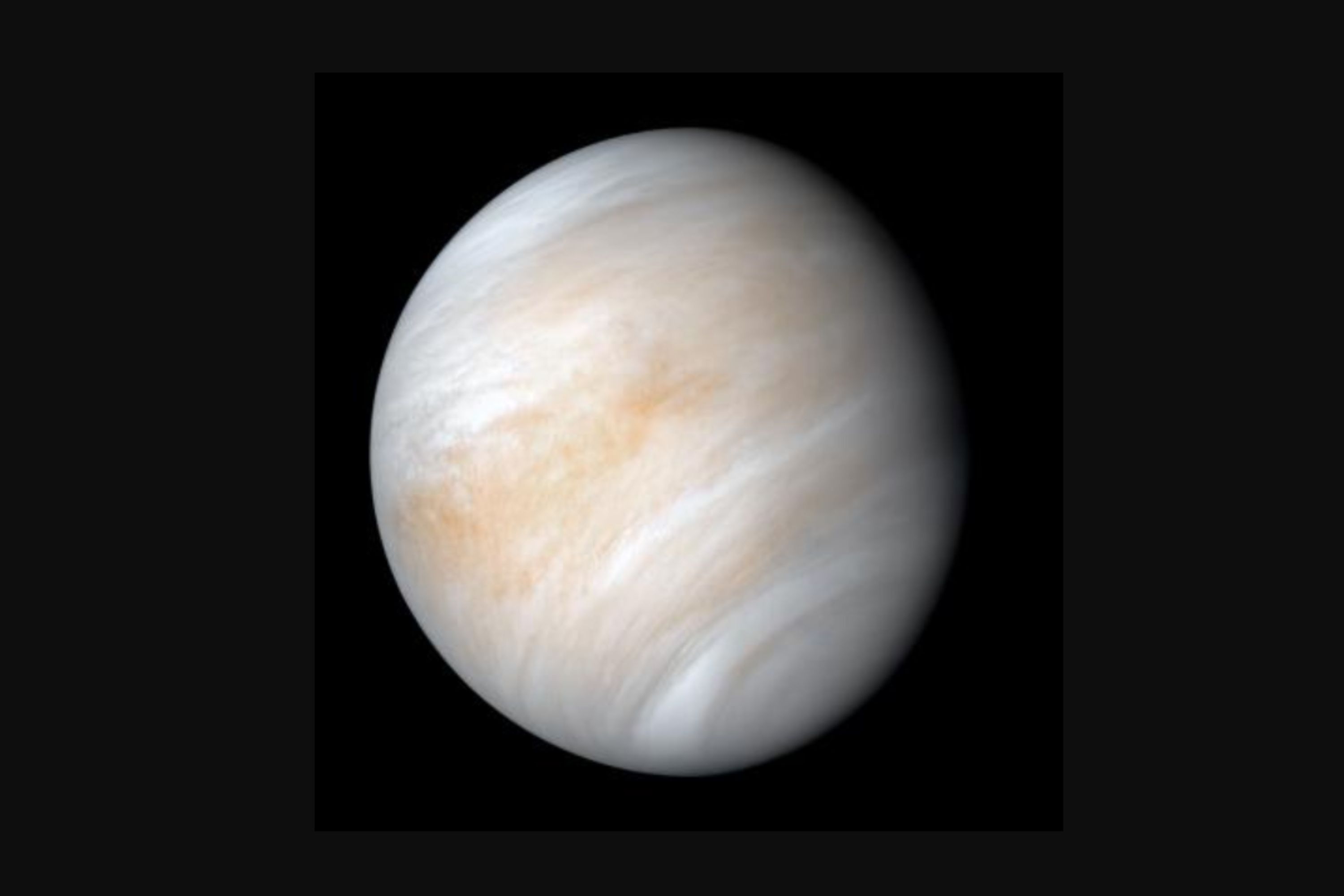Scientists have identified two gases in Venus’s atmosphere that could potentially indicate signs of life on our neighboring planet.
Phosphine and ammonia gases have been detected in the hot, dense atmosphere of Venus, as revealed by preliminary data disclosed by astrophysicists during the Royal Astronomical Society’s National Astronomy Meeting in England.
These gases, which cannot be easily explained by natural atmospheric or geological processes on Venus, might serve as possible indicators of extraterrestrial life.
Initial observations with the Green Bank Telescope also suggest the presence of ammonia in Venus’s atmosphere.
It’s essential to note that these are early findings and have not yet been formally published in a peer-reviewed journal.
Venus boasts one of the most severe environments in our solar system. Its atmosphere is predominantly composed of 96.5% carbon dioxide, with traces of nitrogen, sulfur dioxide, water vapor, and carbon monoxide. The upper atmosphere features thick clouds of sulfuric acid.
The planet’s surface has an atmospheric pressure about 92 times that of Earth at sea level, and its scorching surface temperatures average around 872 degrees Fahrenheit. This extreme heat is a result of the greenhouse effect caused by the dense CO2 atmosphere trapping heat from the sun.
According to the researchers, phosphine and ammonia were detected at very low concentrations, ranging from “part per billion to part per million levels.”
On Earth, the presence of phosphine is typically associated with bacteria thriving in low-oxygen environments, making it a potential indicator of life.
Experts consider these gases as potential biosignatures because their production on Venus through known chemical processes is highly improbable. On our planet, these gases are predominantly generated by living organisms or industrial activities, with phosphine suggested as a potential biomarker for exoplanets.
While some speculate that life could exist in Venus’s upper atmosphere where conditions are more Earth-like, no concrete evidence supporting this claim has been found so far.
There could be alternative explanations for the presence of these gases in Venus’s atmosphere.
Researcher Clements emphasized, “We’re not asserting the detection of life, but we haven’t identified the chemical mechanisms responsible for these gases yet. Our current understanding falls short, and there might be undiscovered pathways at play.”

The researchers will continue to analyze their initial data to determine how phosphine and ammonia might have originated in the extreme environment of Venus.
Clements stated, “We need to thoroughly examine the data from JCMT-Venus before confirming the presence of phosphine and ammonia. Additionally, upcoming observations from various observatories and future missions to Venus will unravel more clues about these gases and their sources, whether chemical or biological.”
While it’s currently uncertain if these gases suggest alien life, the scientific community is intrigued by these revelations.
Robert Massey, deputy executive director at the Royal Astronomical Society, who was not involved in the study, commented, “Although these findings are intriguing, they are preliminary, and further investigations are crucial to understand the existence of these potential biomarkers in Venus’s clouds.”
